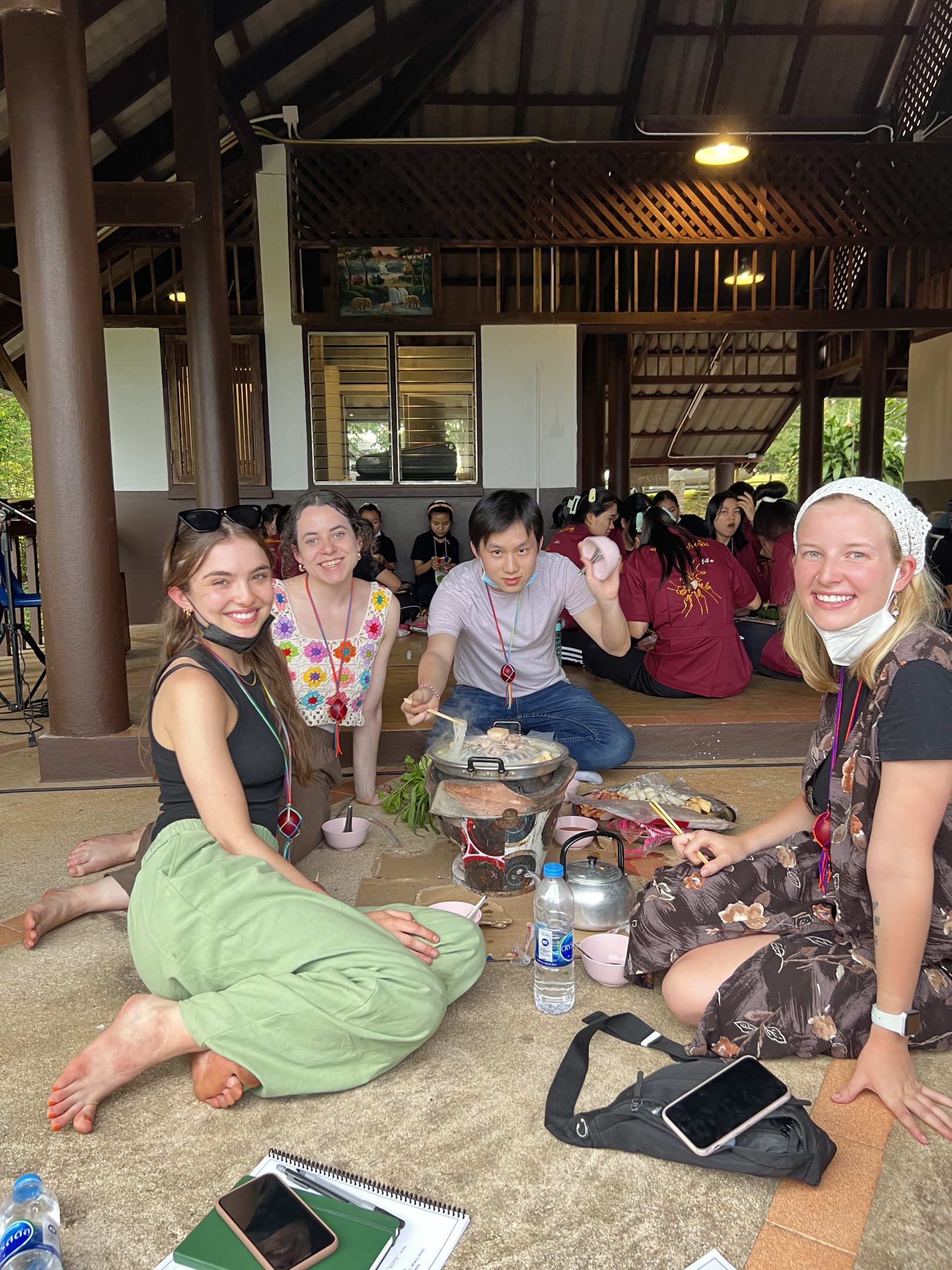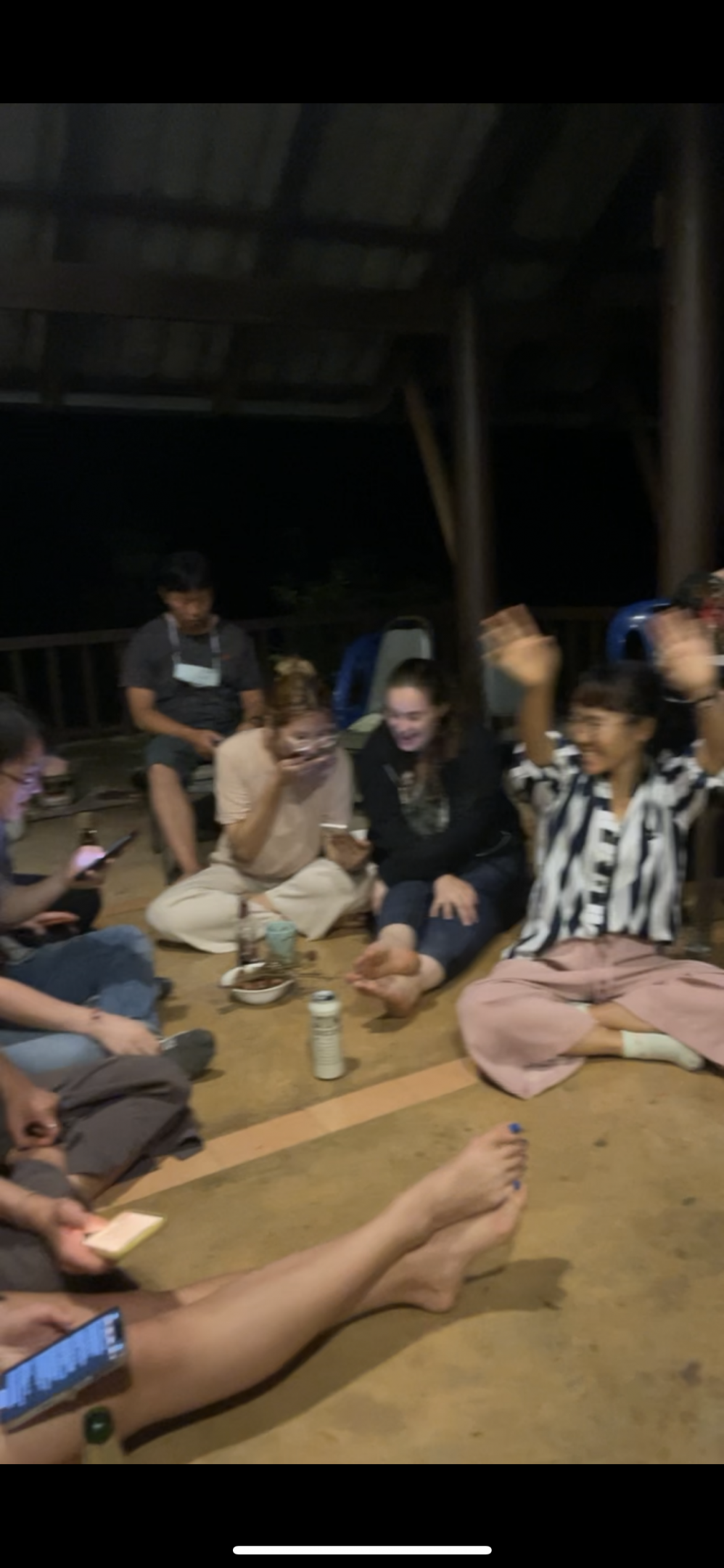Some of the main ingredients used that we found include zingiber cassumunar, which is a variety of ginger. It is used to ease pain and inflammation. It can be used in food as well. It has gram-positive and gram-negative bacteria dermatophytes and yeasts. It also has antimicrobial activity. It also has anti-fungal properties. It also has essential oil antioxidants of Sabine energy, terpineol, and curcumineia. Further, cymbopogon culverts is a variety of lemon grass. It works to relieve pain, reduce swelling, reduce fever, improve sugar levels and cholesterol in blood, stimulate uterus and menstrual flow, and it also has antioxidant properties. Additionally, moringa oleifera comes from drumstick trees and horseradish trees. It lowers high blood pressure, reduces cholesterol, has antioxidant properties, and works as an anti-inflammatory. It also protects against arsenic toxicity and is highly nutritious.
More of the popular ingredients include coccinia indica leaf, which has antioxidant properties, reduces plasma thiobarbituric acid, and has vitamin E. It also increases vitamin C and helps with diabetes. It is traditionally found in Ayurvedic medicine. Next, menthol helps with coughs, sore throats, and oral discomfort. It also helps with aches and pains. Additionally, camphor is used as a chest rub, acute pain killer, and helps with cold sores. It also helps with insect bites, minor burns and hemorrhoids, and coughing. It helps as a central nervous system stimulant. It comes from bark and wood of trees. Be careful not to take it orally or on broken skins. This is because it can enter the body and blood stream quickly and can cause poisoning. It is active against fungi as well.
In addition to the ingredients list above, aloe vera is used in treating skin injur and burn. It has antioxidant and amino acid properties. It inhibits bacteria growth, prevents infection, is anti-viral, and an anti-septic. It is beneficial for oral health as well. It reduces constipation, lowers blood sugar levels, and improves skin and reduces wrinkles. Additionally, Barcelona Lublina reduces inflammation from insect bites, snake bites, boils, and rheumatism. It helps with stopping bleeding as well. It also helps with pain relief. It is native to Southeast Asia. Finally, tiliacora Trivandrum is native to Southeast Asia. It works to relieve pain, fever, and is an anti-inflammatory. It has antioxidant properties. It also helps to fight against cancer, is anti-bacterial, and has anti-fungal properties. It improves memory impairment, has cooling effects, and has anti-aging properties. It also works to reduce blood pressure, is detoxifying, and helps to balance body temperature.
Some of the main ingredients used that we found include zingiber cassumunar, which is a variety of ginger. It is used to ease pain and inflammation. It can be used in food as well. It has gram-positive and gram-negative bacteria dermatophytes and yeasts. It also has antimicrobial activity. It also has anti-fungal properties. It also has essential oil antioxidants of Sabine energy, terpineol, and curcumineia. Further, cymbopogon culverts is a variety of lemon grass. It works to relieve pain, reduce swelling, reduce fever, improve sugar levels and cholesterol in blood, stimulate uterus and menstrual flow, and it also has antioxidant properties. Additionally, moringa oleifera comes from drumstick trees and horseradish trees. It lowers high blood pressure, reduces cholesterol, has antioxidant properties, and works as an anti-inflammatory. It also protects against arsenic toxicity and is highly nutritious.
More of the popular ingredients include coccinia indica leaf, which has antioxidant properties, reduces plasma thiobarbituric acid, and has vitamin E. It also increases vitamin C and helps with diabetes. It is traditionally found in Ayurvedic medicine. Next, menthol helps with coughs, sore throats, and oral discomfort. It also helps with aches and pains. Additionally, camphor is used as a chest rub, acute pain killer, and helps with cold sores. It also helps with insect bites, minor burns and hemorrhoids, and coughing. It helps as a central nervous system stimulant. It comes from bark and wood of trees. Be careful not to take it orally or on broken skins. This is because it can enter the body and blood stream quickly and can cause poisoning. It is active against fungi as well.
In addition to the ingredients list above, aloe vera is used in treating skin injur and burn. It has antioxidant and amino acid properties. It inhibits bacteria growth, prevents infection, is anti-viral, and an anti-septic. It is beneficial for oral health as well. It reduces constipation, lowers blood sugar levels, and improves skin and reduces wrinkles. Additionally, Barcelona Lublina reduces inflammation from insect bites, snake bites, boils, and rheumatism. It helps with stopping bleeding as well. It also helps with pain relief. It is native to Southeast Asia. Finally, tiliacora Trivandrum is native to Southeast Asia. It works to relieve pain, fever, and is an anti-inflammatory. It has antioxidant properties. It also helps to fight against cancer, is anti-bacterial, and has anti-fungal properties. It improves memory impairment, has cooling effects, and has anti-aging properties. It also works to reduce blood pressure, is detoxifying, and helps to balance body temperature.
When comparing the use of plants in the US compared to Thailand, Thailand uses plants that are native to this region or that grow wildly for many more purposes than the uses of these same plants in the United States. For example the plants that are sold at garden centers that have medicinal components or purposes are sold purely for decorative uses and are often disposed of each season, or do not survive the winter. Whereas in Thailand, plants are sold, marketed, and for both decorative and medicinal purposes and can survive indefinitely in this climate with proper care. Another difference between the U.S. and Thailand in terms of use and popularity of medicinal plants is that in Thailand, at most convenience stores, medicinal plant tinctures and mixtures are sold. The use of plants for medicinal purposes is much more widespread in Thailand among the general population. In the United States, medicinal plants are used primarily by varying ethnic groups including Native Americans and other groups not indigenous to the United States. Also in the United States, the use of plants in medicine is oftentimes considered alternative or complementary forms of medicine compared to Thailand, that incorporates these medicinal plants more commonly used between ethnic minority groups in Thailand and the Thai people. Many of the Thai and ethnic Thai people that we have come in contact with have knowledge of which plants can be used medicinally, what the use of those plants are, and where to access those plants. This information is often spread through family members, word of mouth, and personal experiences using these medicinal plants and personally knowing their effectiveness. This knowledge is less well known among the general American population.
References:
Bell, A. (2020, May 22). Camphor oil: Types, uses, and products.
Medical News Today.
Chongmelaxme, B., Sruamsiri, R., Dilokthornsakul, P., Dhippayom, T.,
Kongkaew, C., Saokaew, S., Chuthaputti, A., & Chaiyakunapruk, N.
(2017). Clinical effects of Zingiber cassumunar (Plai): A systematic
review. Complementary Therapies in Medicine, 35, 70–77.
Farco, J. A., & Grundmann, O. (2013). Menthol–pharmacology of an
important naturally medicinal “cool”. Mini reviews in medicinal
chemistry, 13(1), 124–131.
Kumari, R., Kumar, S., Kumar, A., Goel, K. K., & Dubey, R. C. (2017).
Antibacterial, antioxidant and Immuno-modulatory properties in
extracts of Barleria lupulina Lindl. BMC Complementary and Alternative
Medicine, 17(1). https://doi.org/10.1186/s12906-017-1989-4
Mbikay, M. (2012). Therapeutic Potential of Moringa oleifera Leaves in
Chronic Hyperglycemia and Dyslipidemia: A Review. Frontiers in
Pharmacology, 3. https://doi.org/10.3389/fphar.2012.00024
Sakharkar, P., & Chauhan, B. (2017). Antibacterial, antioxidant and
cell proliferative properties of Coccinia grandis fruits. Avicenna
journal of phytomedicine, 7(4), 295–307.
Sánchez, M., González-Burgos, E., Iglesias, I., & Gómez-Serranillos,
M. P. (2020). Pharmacological Update Properties of Aloe Vera and its
Major Active Constituents. Molecules, 25(6), 1324.
Shah, G., Shri, R., Panchal, V., Sharma, N., Singh, B., & Mann, A.
(2011). Scientific basis for the therapeutic use of Cymbopogon
citratus, stapf (Lemon grass). Journal of Advanced Pharmaceutical
Technology & Research, 2(1), 3.
Thongtham, N. (2013, November 10). Pharmacy on the forest floor.


